TL;DR - How can I refresh tokens backend-side if the oauth2 authorization happens in native android/ios app?
I am working on oauth2 integration with google calendar. My stack is react SPA app as web client and we have a backend API (in elixir). We are also using hybrid native apps, so our JS code is transformed into corresponding iOS/Android apps (using capacitor).
The flow is as follows:
- user authorizes us to modify their calendars using oauth2, we ask for offline access
- we acquire client-side authorization code from google
- we send it to our backend and it uses the auth code to acquire access token and refresh token, the tokens are then persisted in our DB
- we use the access token to perform updates to google calendar. When token expires we refresh it backend-side
This is the flow that is working on the web client, but with native apps (android/ios) I am stuck. When I use corresponding to ios/android apps clientIds from google console project credentials, my backend cannot successfully use it to acquire refresh and access tokens, I get the following response from https://oauth2.googleapis.com/token:
%{"error" => "invalid_client", "error_description" => "Unauthorized"}
I am considering moving the process of exchanging authorization code to refresh token and access token to the native apps, but how can the backend then have access to new access tokens? I can't refresh the tokens backend side if they were generated in the native app, I will again have clientId mismatch (also backend uses clientSecret, while native apps are exempt from using clientSecret).


